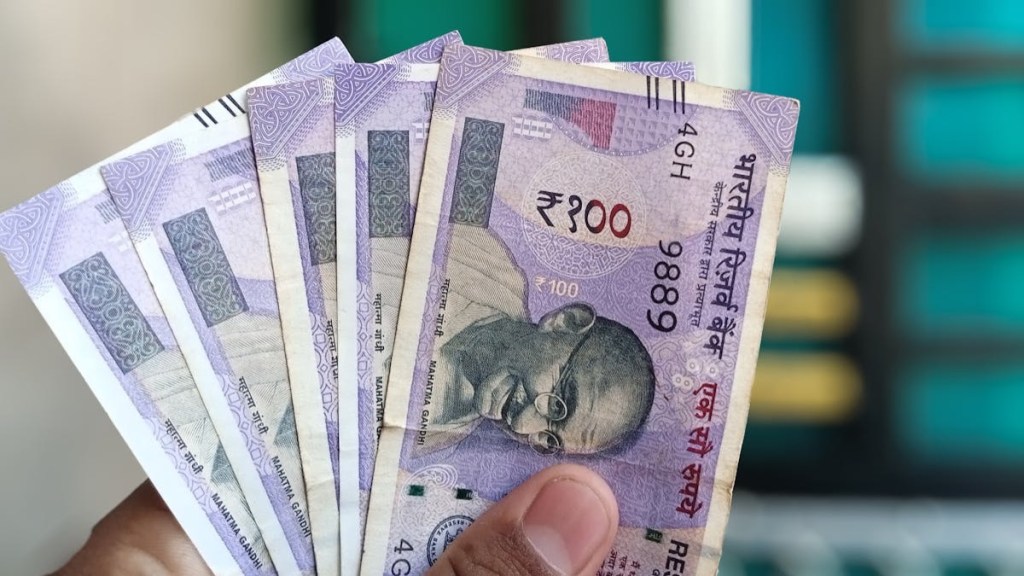By the Jamal Mecklai
The assassination attempt on Donald Trump makes him a shoo-in to win the presidential polls later this year. The Democrats were wobbling after Joe Biden’s pathetic performance in the debate, and Trump’s immediate bounce-back after the attack confirming his “strongman” status has led to a jump in the positive sentiment for him. It’s beginning to look like a landslide.
Of course, reflecting that Trump is Mr Uncertainty, equity volatility shot higher. The Dow screamed (with joy?) the day after the shooting, rising more than 700 points, its largest gain in over a year. The S&P and the tech-heavy NASDAQ were somewhat quieter, but the following day, while the Dow consolidated its rise, these narrower indices turned sharply lower — the NASDAQ, in particular, tanked losing nearly 3%, its largest decline since December 2022. The next two days, going into the weekend, all indices were in the red.
So, is this a sign that the equity markets are saying they don’t like Trump? Or might it also be related to Trump’s VP selection, JD Vance, who’s articulation of MAGA seems to include putting the corporate sector on notice? It is hard to tell who Vance really is — an anti-immigrant with immigrant in-laws; opposed to corporate excesses but a tech bro; an anti-elite from an elite university. But one thing that’s certain is that he will not be a quietly invisible Vice-President like most. I believe there is a real possibility that in the next term (assuming, of course, that Trump wins), there could be a falling out, since Trump will never abide even the tiniest sharing of the spotlight and Vance is far from a shrinking violet. More potential uncertainty.
And then, of course, there’s the tragic Democratic circus — will he or won’t he step down? If he does, what happens? And if he doesn’t, but has a loud health scare after the convention — just a month away — what happens then? And if, by some magic, the Democrats do win, Trump and his followers won’t accept the results and we would see renewed mayhem. Uncertainty in spades.
Another twist in the tale is the Fed, which is apparently getting ready to finally cut rates. This is likely the direct cause of the drastic divergence between tech and the broader market that began when the latest inflation reading indicated the Fed could/would change its approach. Lower interest rates favour real economy companies relative to the high-flying tech sector, gains in which (particularly the Big Seven) had outstripped those in the broader market sharply (27% to 17%) over the past three years. The huge decline in the NASDAQ and the fact that the speed with which investors rebalanced (from tech to broad market) was the highest since 1979 suggests that the market was ripe for a correction.
So, if US equity markets slide even more sharply, what are the implications for the BSE and the rupee?
Historically, the volatility of the Sensex was much higher than that of the Dow; this was hardly surprising since our markets were thin, less liquid, and difficult to trade. However, our markets have matured, and over the past 10 years, the average volatility of the Sensex and the Dow has been — quite remarkably — virtually the same (at around 15%). Indeed, since the start of 2024, the volatility of the Dow has been even lower than that of the Sensex, and, as Dow volatility continues to rise, Sensex volatility will likely rise as well. It is, perhaps, a good time to take some profits.
The rupee, too, is looking a little skittish, although the Reserve Bank of India continues to hold the gun quite tightly. A major US equity collapse could frighten global investors into a risk-off mode, which would put more pressure on the rupee. Contrariwise, in the medium term, the weak dollar approach that is already being loudly touted by Trump and Vance suggests all global currencies (including the rupee) may face upward pressure. Again, with US interest rates clearly headed lower and domestic food inflation ensuring that local rates do not follow, we will most likely see higher forward premiums sooner rather than later.
Higher rupee volatility and higher premiums look assured.
(The author is the CEO, Mecklai Financial www.mecklai.com. Views expressed in the article are personal.)


